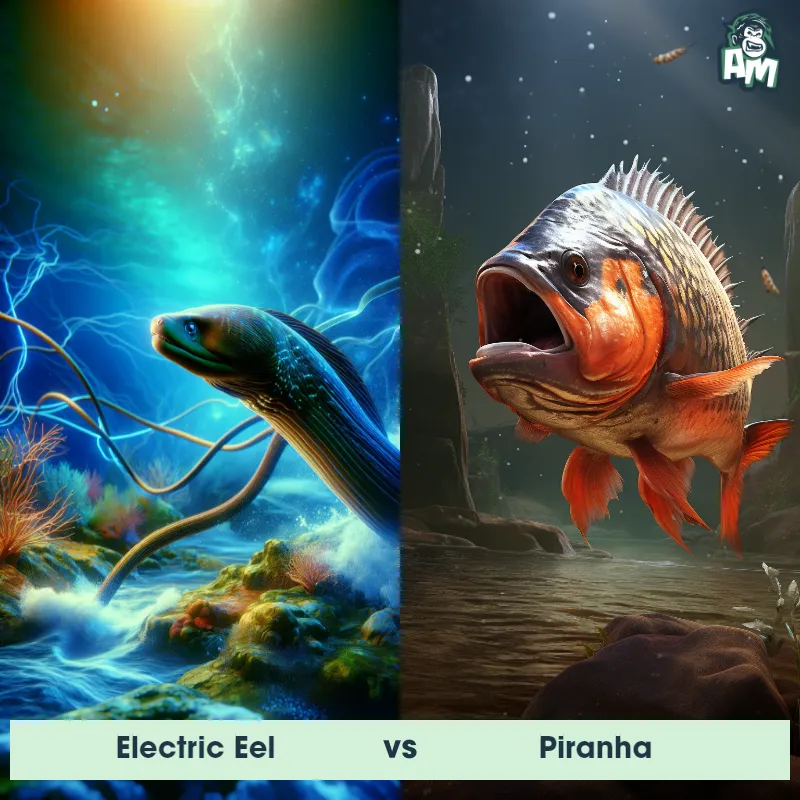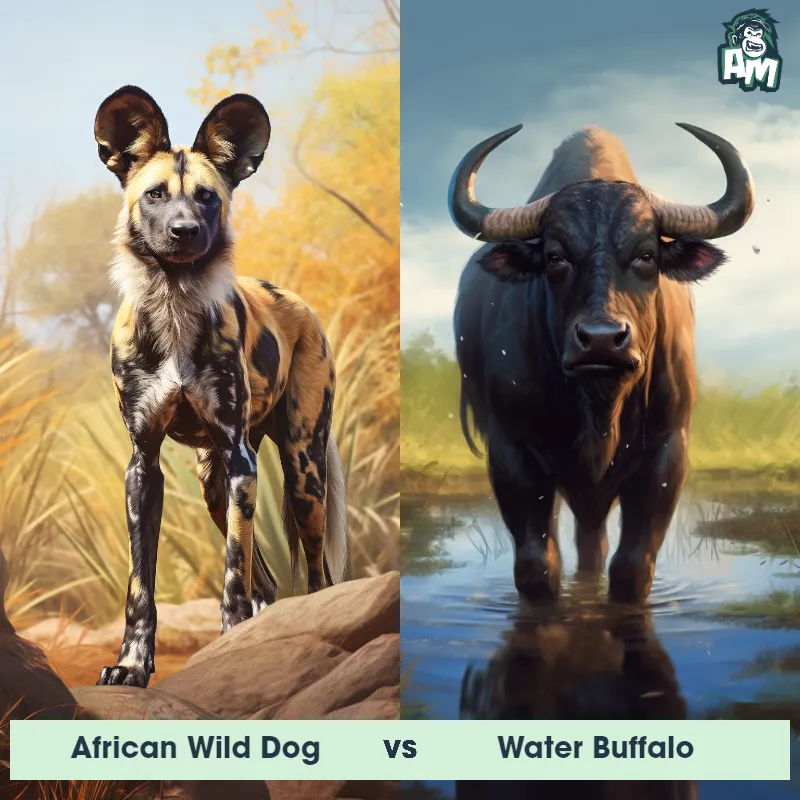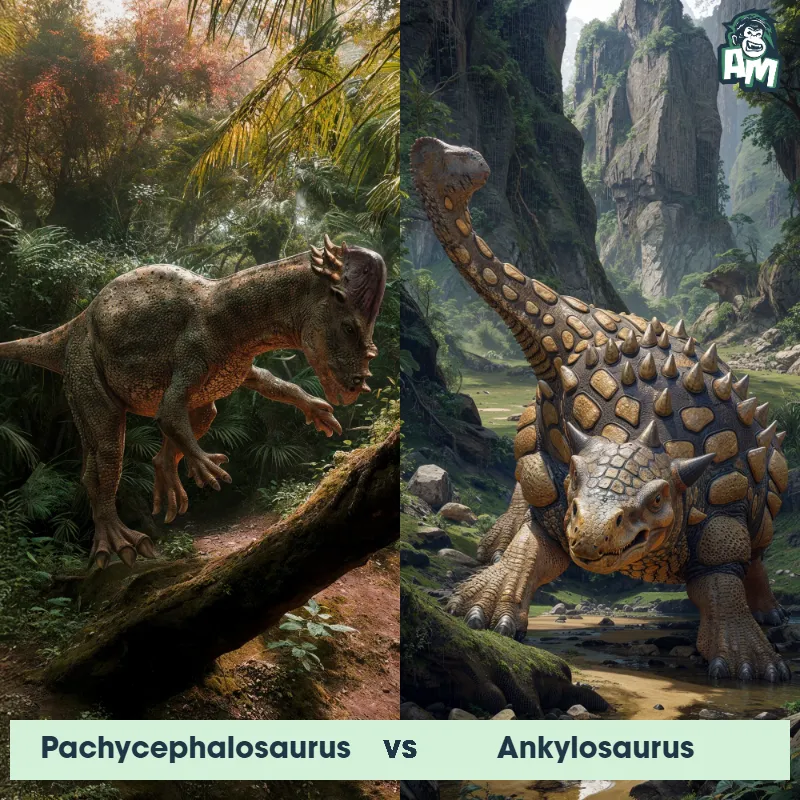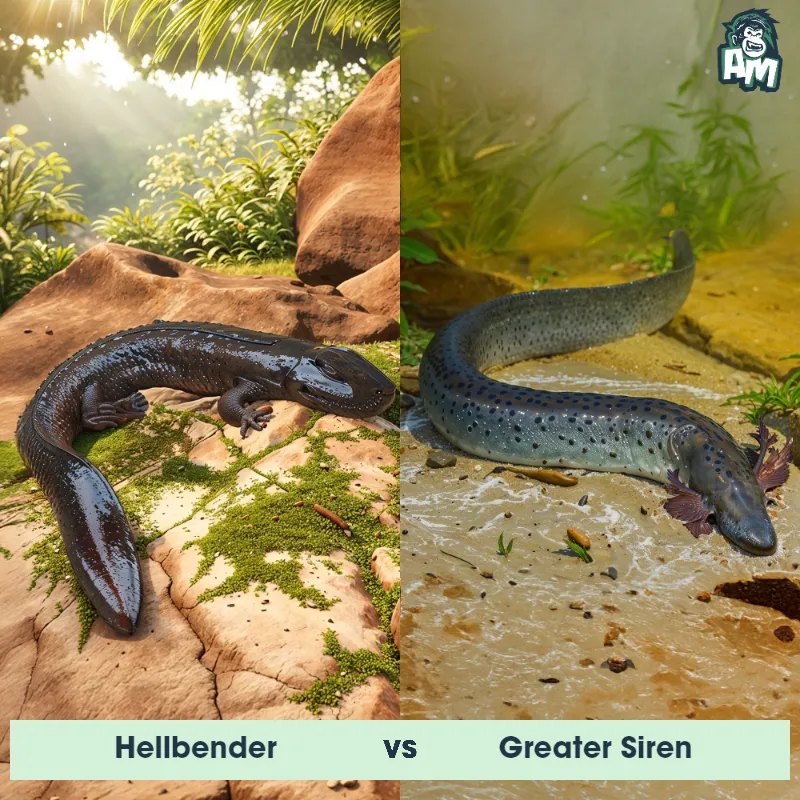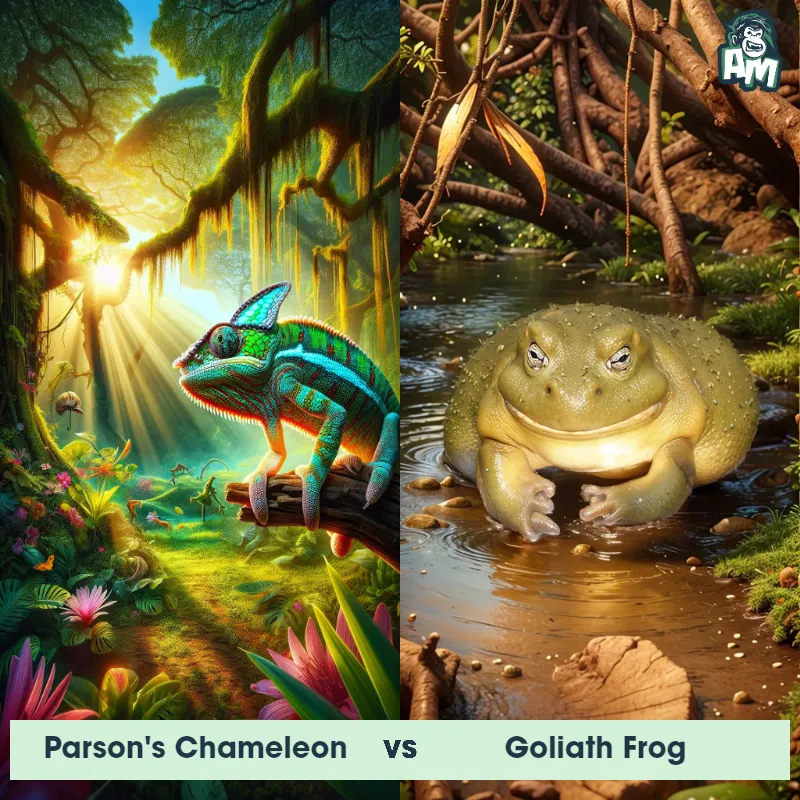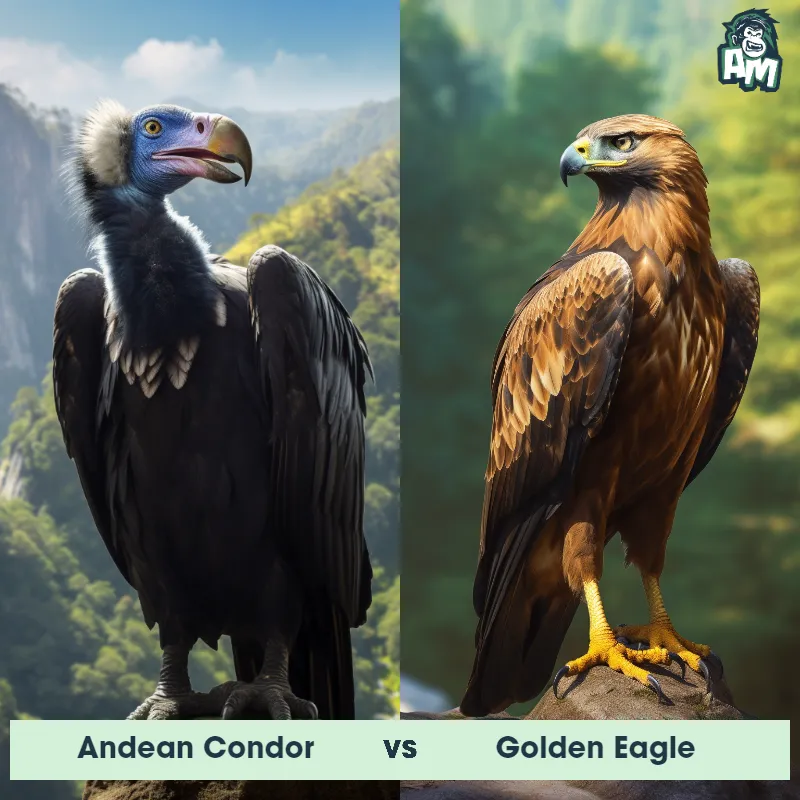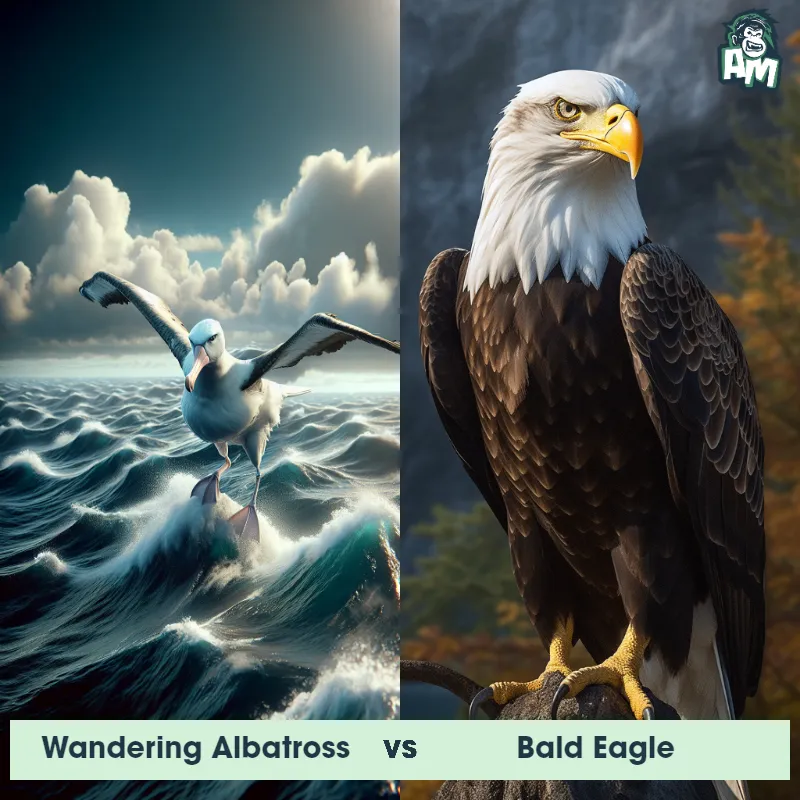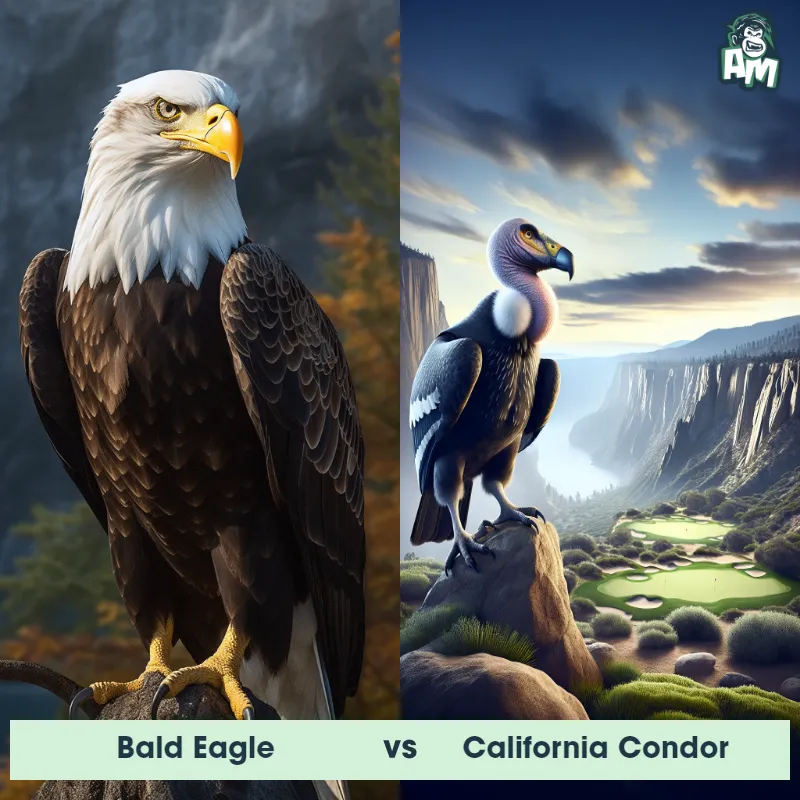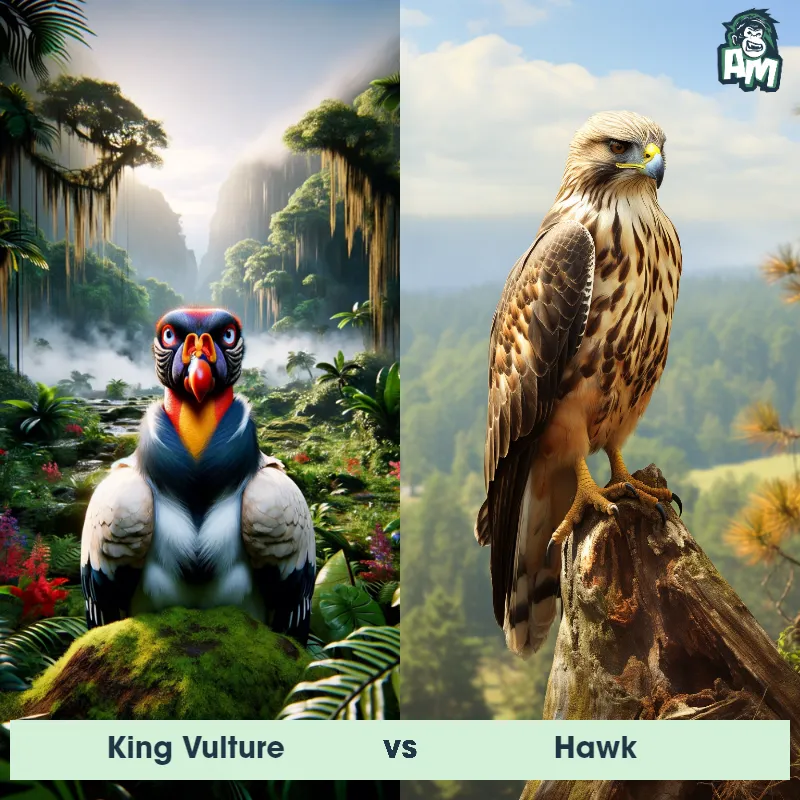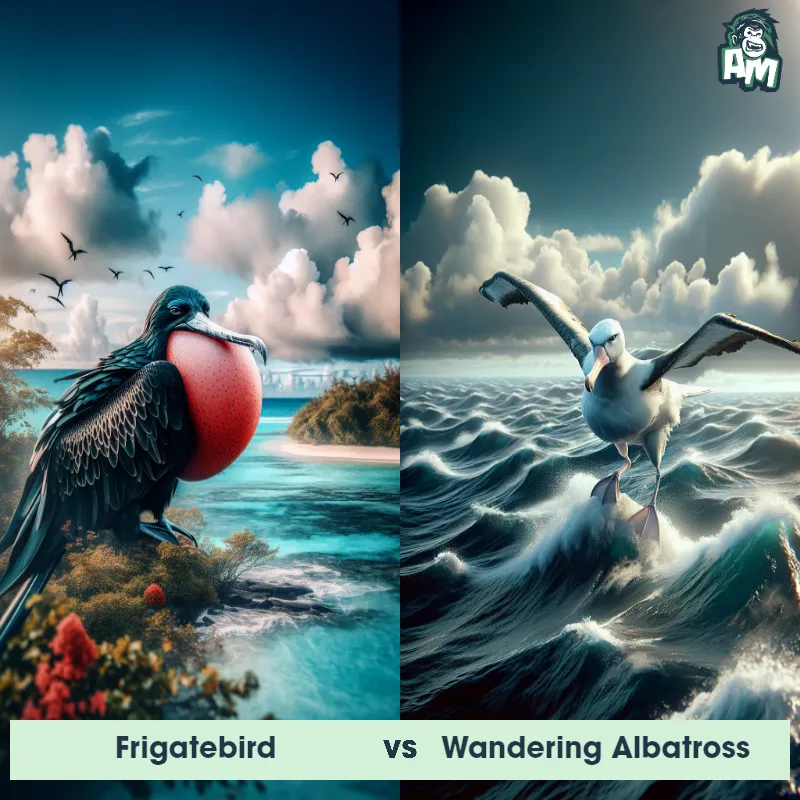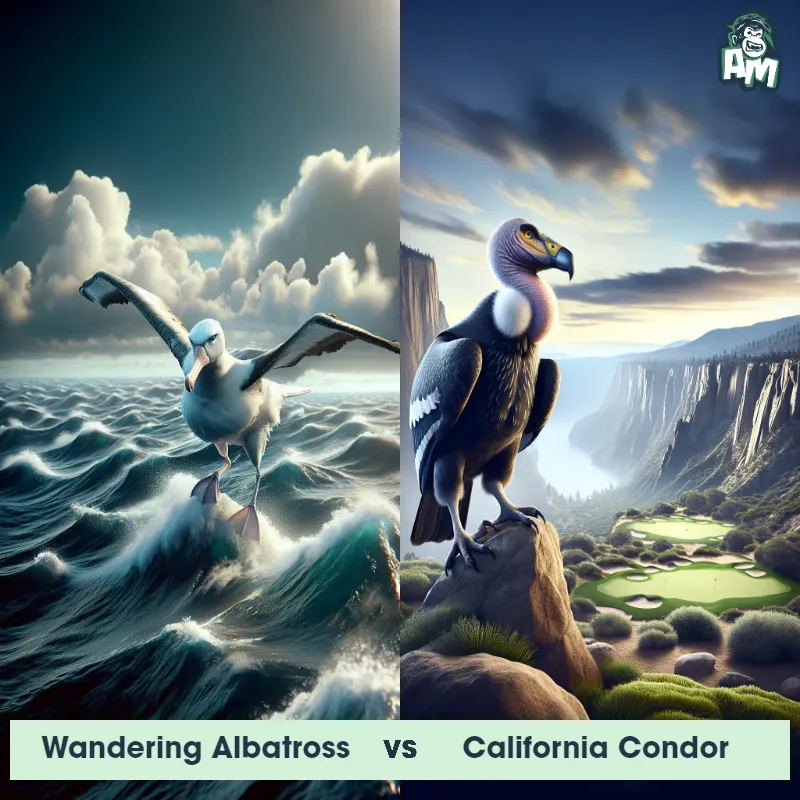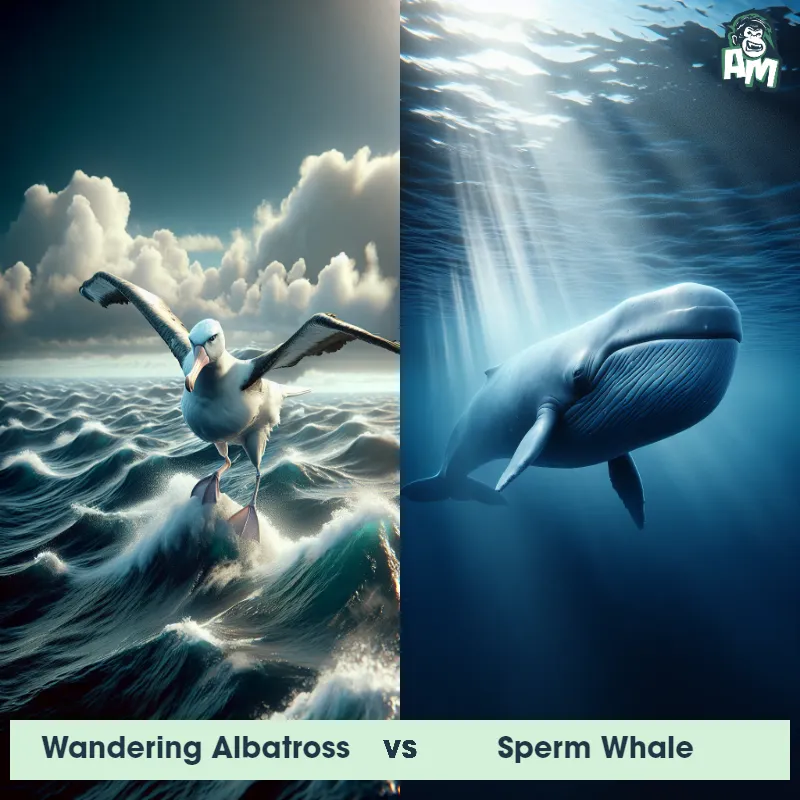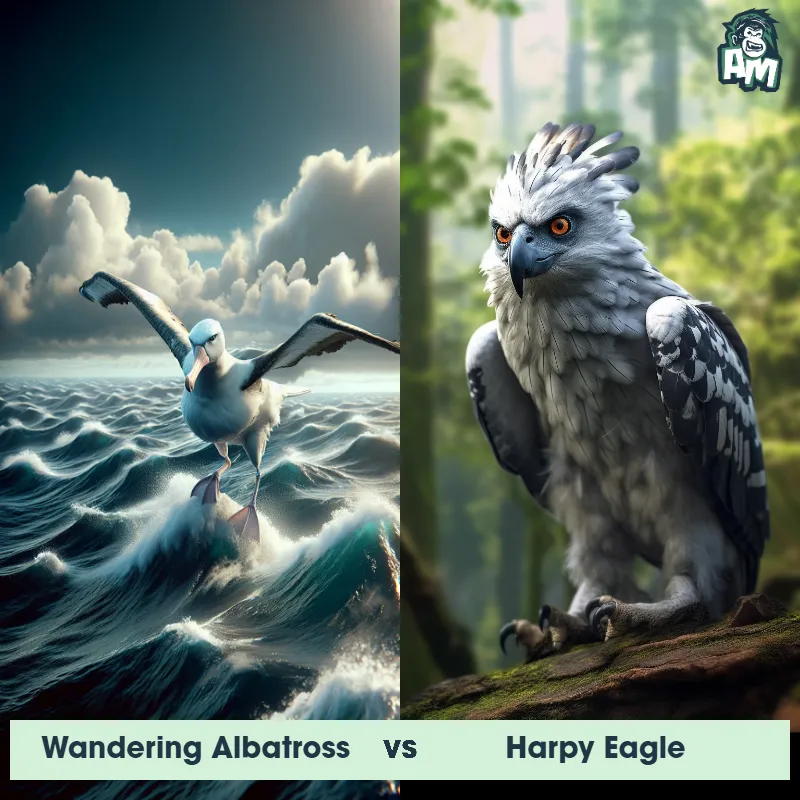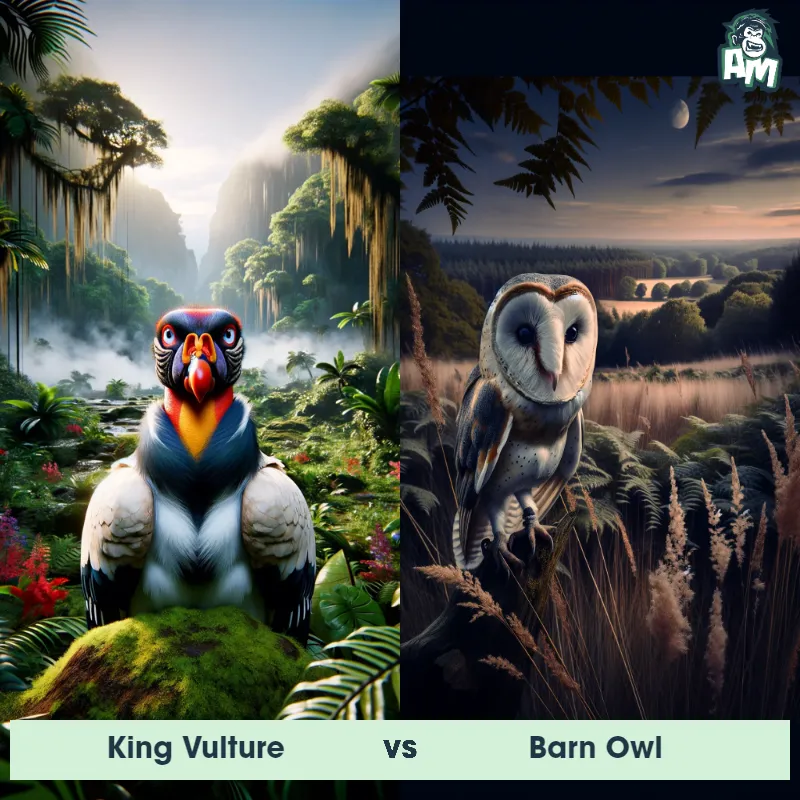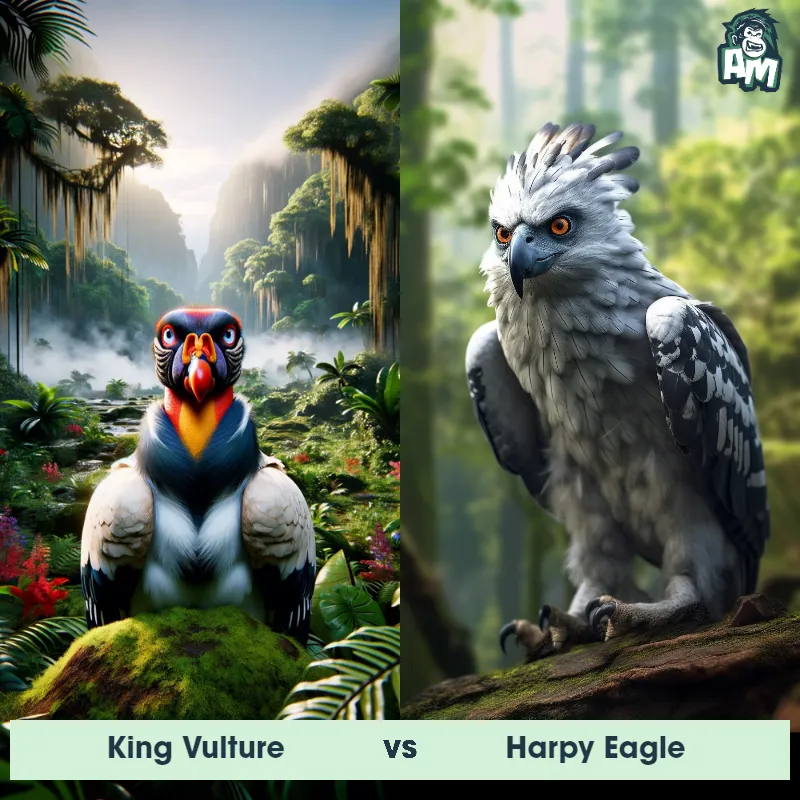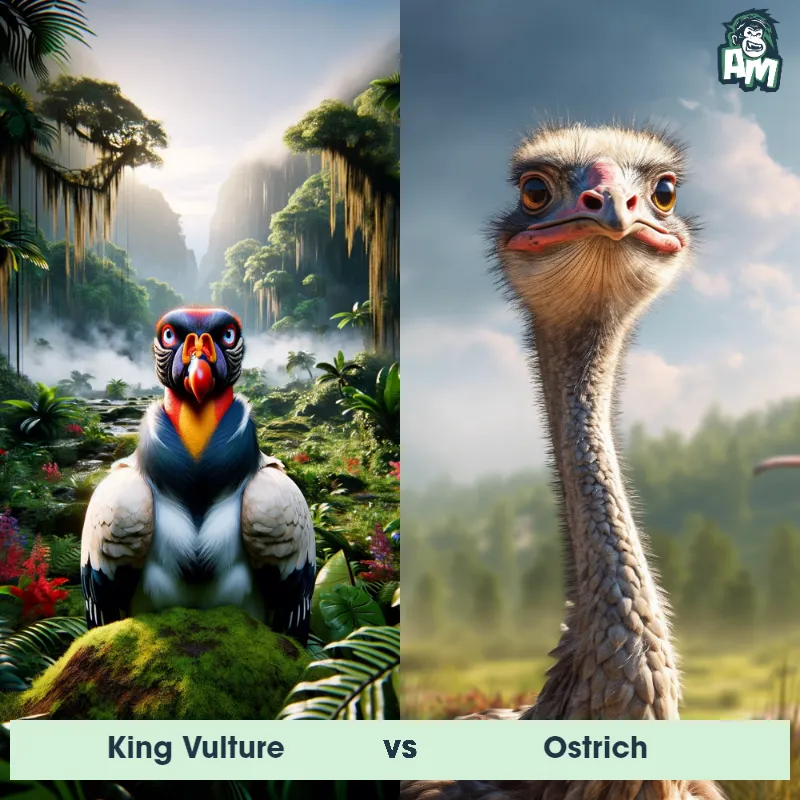Andean Condor vs Wandering AlbatrossSee Who Wins

Ladies and gentlemen, welcome to this thrilling matchup between two magnificent birds of the sky! We have the Andean Condor facing off against the Wandering Albatross in what promises to be an aerial battle like no other. Hold onto your seats as we witness the power, speed, and grace of these magnificent creatures in three intense rounds of combat!
Contender 1: Andean Condor
The Andean Condor is a large bird of prey that is found in the Andes Mountains of South America. It has a wingspan of up to 10 feet and can weigh up to 33 pounds. The Andean Condor has black feathers on its body and wings, with white feathers on its neck and head. It has a bald head and neck, which helps it to stay clean while feeding on carrion. The Andean Condor is known for its ability to soar for long periods of time without flapping its wings, using air currents to stay aloft.
Fun Fact: The Andean Condor is one of the longest-living birds, with a lifespan of up to 75 years in captivity.
Contender 2: Wandering Albatross
Fun Fact:
Matchup Stats
| Andean Condor | Wandering Albatross | |
|---|---|---|
| Size | Wingspan up to 10 feet (3 meters) | Wingspan: 10 to 11.5 feet (3 to 3.5 meters) |
| Weight | Up to 33 pounds (15 kilograms) | 9 to 11 pounds (4 to 5 kilograms) |
| Speed | Speed: 55 mph (88.5 km/hr) | 79mph (127km/h) |
| Key Strength | Powerful wings and sharp talons | Strong wings and beak |
| Biggest Weakness | Vulnerable to attacks on the ground | Clumsy on land, weak on solid ground |
Current Votes
Andean Condor vs Wandering Albatross
See Who Wins
View More Matches
Looking For More?
Similar Matches
Scientific Stats
| Andean Condor | Wandering Albatross | |
|---|---|---|
| Scientific Name | Vultur gryphus | Diomedea exulans |
| Family | Cathartidae | Diomedeidae |
| Habitat | Mountains | Open ocean, southern seas |
| Geography | Andes Mountains of South America | Nesting on subantarctic islands, foraging in southern ocean waters |
| Diet | Carrion (dead animals) | Squid, fish, crustaceans |
| Lifespan | 50 years - 75 years | 50 years - 60 years |
Key Differences between Andean Condor and Wandering Albatross
- Habitat preference: The Andean Condor resides in mountainous regions, often roosting and nesting on cliffs and rock ledges, whereas the Wandering Albatross prefers to nest on flat, grassy areas located on remote islands.
- Distribution: The Andean Condor is primarily found in the Andes Mountains of South America, while the Wandering Albatross nests on remote islands in the Southern Ocean and spends much of its life flying over the open sea.
- Coloration: While both species have predominantly dark feathers, the Andean Condor possesses a distinct white collar around its neck and a dark, featherless head, unlike the Wandering Albatross, which has a uniformly dark-colored head and neck.
- Bill shape: The Andean Condor has a large, hooked beak, which is curved downwards, while the Wandering Albatross has a long, narrow beak with a pronounced hook at the end for catching prey.
- Flight style: The Andean Condor is a proficient glider, using thermal updrafts to soar effortlessly through the mountains, while the Wandering Albatross has a buoyant, graceful flight, often using dynamic soaring techniques to travel long distances over the ocean.
- Size: The Andean Condor is smaller in size compared to the Wandering Albatross, with an average wingspan of around 2.7 meters, whereas the Wandering Albatross has the largest wingspan of any living bird, averaging around 3.5 meters.



